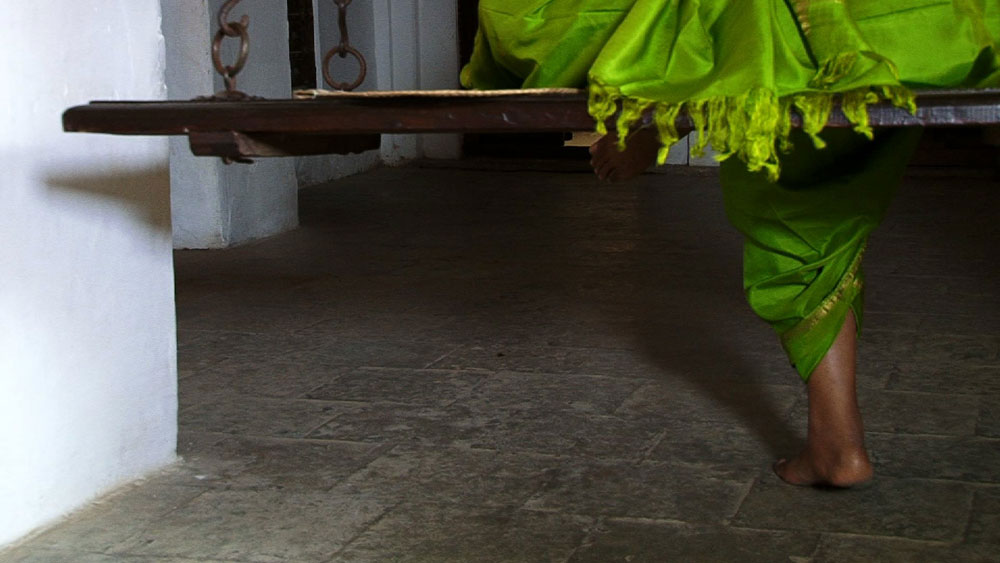Thomas Michael (Justin) McCarthy




Grant Period: Over one year and six months
This grant will support Delhi-based dancer and musician, Thomas Michael (Justin) McCarthy, to research the padams, love poetry in the Carnatic music tradition, composed by the seventeenth century poet, Kshetrayya. Having studied the piano at the University of Michigan and later at the San Francisco Conservatory of Music, Justin started training in Bharatanatyam as a 22-year old in the US and subsequently moved to India for advanced training under Subbarayan Pillai and Leela Samson. For many years, Justin admits that he did not wonder if the dance form was appropriate to his gender, religion, birth, or ethnic origins. It was only many years later that he realised that the sort of dance he performed, taught and created was very much the outcome of being an outsider to all three categories. This position is what will enable Justin to give new space to his own practice. This project will be as much about the new space as it will be of a celebration of his long-standing love for the padam.
In Carnatic music, the padam is a genre of love poetry meant to be sung and often danced. The tempo of the padam is slow and majestic, replete with melodic ornamentation that gives it a distinct identity. Addressed to a deity or sometimes a royal patron, some verses make reference to godly or kingly deeds, while most deal directly with intimate, erotic sentiments. The padam as a compositional form assumed a standardised structure in the second half of the fifteenth century with the Telugu padams of Annamacharya, the temple poet of Tirupati, and reached its zenith in the seventeenth century with the compositions of Kshetrayya. Although details about Kshetrayya’s life are obscure, historical and literary accounts place him in the mid-seventeenth century Madurai-Thanjavur region. The padam, as exemplified in the compositions of Kshetrayya, occupies a zone of lively polemics. As one moves from Annamacharya to Kshetrayya, the poetry, according to Justin, is affected by two significant shifts. Money begins to play an important role in interpersonal transactions, and the distinction between the king and his palace, and god and his temple, blurs and even disappears. Possibly Kshetrayya’s original context was in the courtesan’s bedroom, far from the temple, where she entertained her customer as God.
The interpretation and representation of Kshetrayya’s padams have changed after independence. One of the central concerns of Justin’s research will be the limited accessibility to Kshetrayya’s padams compared to the padams of other composers. He will investigate the transmission of the padam tradition in post-independence India, the association of the padams with the devadasi tradition and the socio-historical factors that influenced its representation in Carnatic music and Bharatanatyam. For the research, Justin will collaborate with Delhi-based independent artist and filmmaker, Sandhya Kumar. Together they will undertake archival research in Thanjavur, Madurai, Chennai and Delhi, along with conducting extensive interviews with musicians of the ‘Dhanammal School’ of music. They will also examine photographs of twentieth century dancers and architectural spaces like palace courts and natyamandapams in Thanjavur and Madurai, where padams might have been performed during Kshetrayya’s lifetime. Justin’s research shall culminate in a film. It attempts to recreate the experience of Kshetrayya’s padams in all its spatial, aesthetic and historical contexts while being an audio-visual archive and documentation of present-day musicians of the padam tradition.
This grant was made possible with support from Francis Wacziarg.
